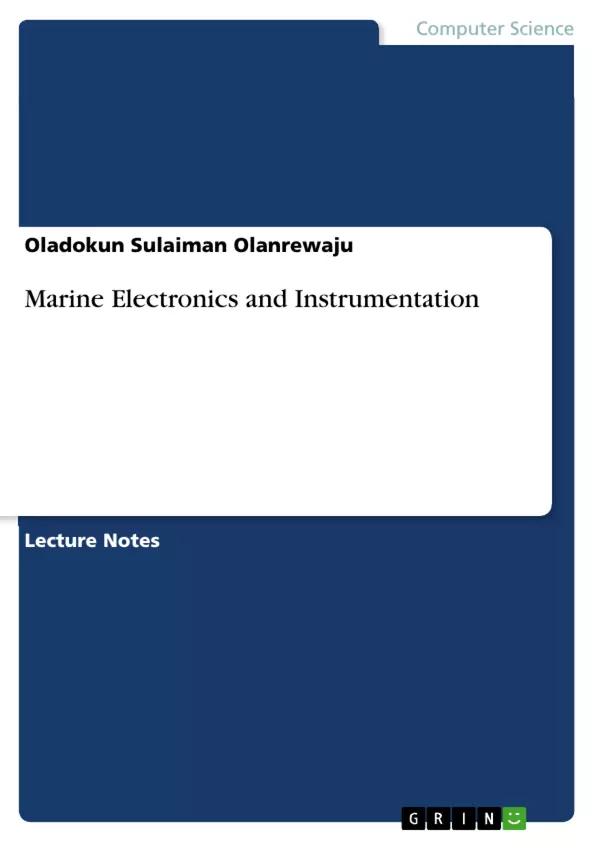The book is a compilation of lecture notes for an Electrical and Electronic course. The electronic system is an electric circuit that uses electronic devices to produce digital operating systems. Materials used in electronic devices mostly are semiconductors. The most widely use of semiconductors are silicon and germanium. By doping with the trivalent and pentavalent atom, the silicon and germanium will be a good semiconductor in electronic systems.
Upon completion of this lesson, students should be able to acknowledge the electronic systems, describe the atomic structure of the silicon and germanium atom and explain the differences between holes and electrons. They should also be able to explain the effect of adding certain impurity atoms to change the conduction characteristics of semiconductor and describe the following types of trivalent, pentavalent, Donor/acceptor, n-material & p-material.
Inhaltsverzeichnis (Table of Contents)
- PART 1: ELECTRONICS
- CHAPTER 1: INTRODUCTION TO ELECTRONICS
- CHAPTER 2: SEMICONDUCTOR DIODES
Zielsetzung und Themenschwerpunkte (Objectives and Key Themes)
This module, "Marine Electronics and Instrumentation," aims to introduce students to the fundamental concepts of electronics, focusing specifically on semiconductor devices and their applications in marine systems. It delves into the basic principles of electronic circuits, semiconductor materials, and the properties of diodes.
- Introduction to Electronic Systems and Semiconductor Devices
- Atomic Structure of Silicon and Germanium
- Conduction Mechanisms in Semiconductors
- Types of Semiconductor Materials (n-type and p-type)
- Diode Characteristics and Applications
Zusammenfassung der Kapitel (Chapter Summaries)
- Chapter 1: "Introduction to Electronics" focuses on the fundamentals of electronic systems, including semiconductor materials. It explores the atomic structure of silicon and germanium, the role of doping in modifying conductivity, and the differences between n-type and p-type semiconductors.
- Chapter 2: "Semiconductor Diodes" introduces the concept of diodes as unidirectional current flow devices. It discusses the different types of diodes, their applications in rectification, and the basic principles of half-wave and full-wave rectification circuits.
Schlüsselwörter (Keywords)
Key keywords and focus topics include: electronics, semiconductors, silicon, germanium, doping, n-type semiconductor, p-type semiconductor, diode, rectification, half-wave rectification, full-wave rectification.
- Citar trabajo
- Prof. Dr. Oladokun Sulaiman Olanrewaju (Autor), 2022, Marine Electronics and Instrumentation, Múnich, GRIN Verlag, https://www.grin.com/document/1189891



